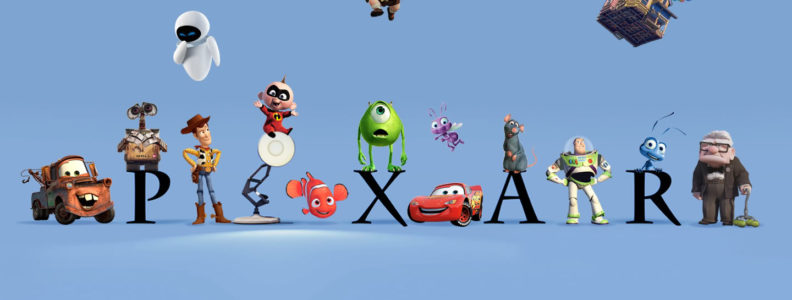Guest Post by Aubrie L. Nixon
prompts. Those clever little devils can really get the creative juices flowing, ya know? When I’m having a rough time creating, I hit up my dear friend Google, and I get myself some clever, witty dialogue prompts. From there, it just comes naturally. When I hit my groove, and I mean really hit my groove, I am able to write for hours. I ride that river of creative momentum and I don’t stop until my fingers bleed. Well, not literally bleed, but you see my meaning.
Finding what brings out your creative flow is VERY important in building up that momentum. Without momentum you are literally stuck, unmoving, not writing! And for us authors that is incredibly bad place to be. Writers Block……a few heathens say it doesn’t exist. That you can just pick right up where you left off….Well to those nay sayers, I say booo!!!! If you are experiencing lack of momentum—writers block, you are among friends here at The Fictorians. We have all experienced writers block at one time or another. Well, thats great Aubrie, but how to I get my momentum back? Well listen up my friend, for I am about to reveal to you a secret that all authors wish they knew….
I have absolutely no idea.
However, I do know that if you don’t at least try to get your mojo back, its gone for good. As I said before, dialogue prompts are very helpful to me. I don’t even always use them for my current WIP (Work in Progress). Sometimes its a completely new story that I spout off with. It really doesn’t matter, as long as I am writing. Another tool I have found helpful is the 22 rules of story writing from Pixar. One of my favorite things from their advice is this:
Once upon a time there was ___. Every day, ___. One day ___. Because of that, ___. Because of that, ___. Until finally ___.
It literally helps me create new characters and story ideas all the time! You can find the rest of the rules here:
http://nofilmschool.com/2012/06/22-rules-storytelling-pixar
If you remember anything from this post, remember this— Never, Never, Never Give Up. -Sir Winston Churchill
You’ve got this. I promise. It may seem impossible at times, tedious, and trying. But you can do it. All you have to do it keep going. Keep up that momentum and don’t stop.
Pre -Order my debut novel Secret of Souls here:
Amazon- https://goo.gl/BkXssp
B&N- https://goo.gl/r1yuuS
BAM- https://goo.gl/zpy1VH
If you preorder from my favorite Indie bookstore you’ll receive a SIGNED copy! Get that here:
One More Page Books and More- https://goo.gl/cQm5qe
I am running a special preorder incentive where you send e your proof of purchase and your address and I’ll send you an awesome SWAG pack! You’ll also be entered to win 1/5 Grand Prizes! Send your stuff here: aubrienixon@gmail.com
Follow me on my website or social media at:
aubriewrites.com
@aubriewrites
-Aubrie
 Aubrie is 24 years young. She plays mom to a cutest demon topside, and is married to the hottest man in the Air Force. When she isn’t writing she is daydreaming about hot brooding anti-heroes and sassy heroines. She loves Dragon Age, rewatching Game of Thrones and reading all things fantasy. She runs a local YA/NA bookclub with 3 chapters, and over 200 members. Her favorite thing to do is eat, and her thighs thank her graciously for it. If she could have dinner with anyone living or dead it would be Alan Rickman because his voice is the sexiest sound on earth. He could read the dictionary and she would be enthralled. Her current mission in life is to collect creepy taxidermy animals because she finds them cute and hilarious. She resides just outside of Washington DC.
Aubrie is 24 years young. She plays mom to a cutest demon topside, and is married to the hottest man in the Air Force. When she isn’t writing she is daydreaming about hot brooding anti-heroes and sassy heroines. She loves Dragon Age, rewatching Game of Thrones and reading all things fantasy. She runs a local YA/NA bookclub with 3 chapters, and over 200 members. Her favorite thing to do is eat, and her thighs thank her graciously for it. If she could have dinner with anyone living or dead it would be Alan Rickman because his voice is the sexiest sound on earth. He could read the dictionary and she would be enthralled. Her current mission in life is to collect creepy taxidermy animals because she finds them cute and hilarious. She resides just outside of Washington DC.

